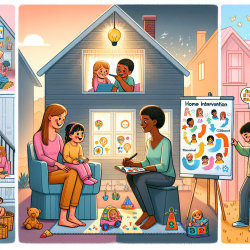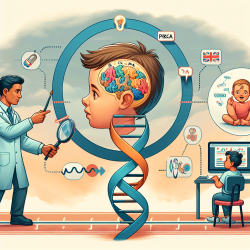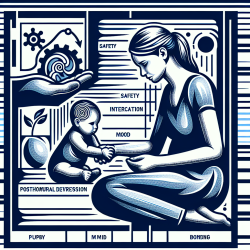Visual supports are a critical intervention for autistic individuals and those with neurodevelopmental differences. However, families often report limited access to these supports and a lack of confidence in using them at home. A recent study titled Piloting a Home Visual Support Intervention with Families of Autistic Children and Children with Related Needs Aged 0–12 provides valuable insights into addressing these challenges.
Key Findings from the Study
The study involved 29 families and focused on the feasibility and effectiveness of a home-based visual supports intervention. The results were promising, showing statistically significant improvements in parent-reported quality of life and perceptions of autism-specific difficulties. Key findings include:
- Improved parent-reported quality of life (t28 = 3.09, p = 0.005)
- Reduced perception of autism-specific difficulties (t28 = 2.99, p = 0.006)
- Increased confidence in using visual supports at home
- Enhanced access to resources and relevant information
Implications for Practitioners
For practitioners, these findings highlight the importance of integrating home-based visual supports into family interventions. Here are some practical steps to consider:
- Home Visits: Conducting home visits allows for a tailored approach that meets the specific needs of each family.
- Individualized Support: Customize visual supports based on the child's developmental level and family context.
- Training and Resources: Provide comprehensive training and easy-to-access resources for parents.
- Follow-Up: Regular follow-up visits to adjust and refine the supports as needed.
Encouraging Further Research
This pilot study lays the groundwork for more extensive research. Future studies could explore the long-term effects of home-based visual supports and expand the sample size for more robust conclusions. Practitioners are encouraged to contribute to this growing body of research to further refine and validate these interventions.
Conclusion
The study provides initial evidence that home-based visual supports can significantly improve the quality of life for families of autistic children. By adopting these practices, practitioners can make a meaningful difference in the lives of these families.
To read the original research paper, please follow this link: Piloting a Home Visual Support Intervention with Families of Autistic Children and Children with Related Needs Aged 0–12










